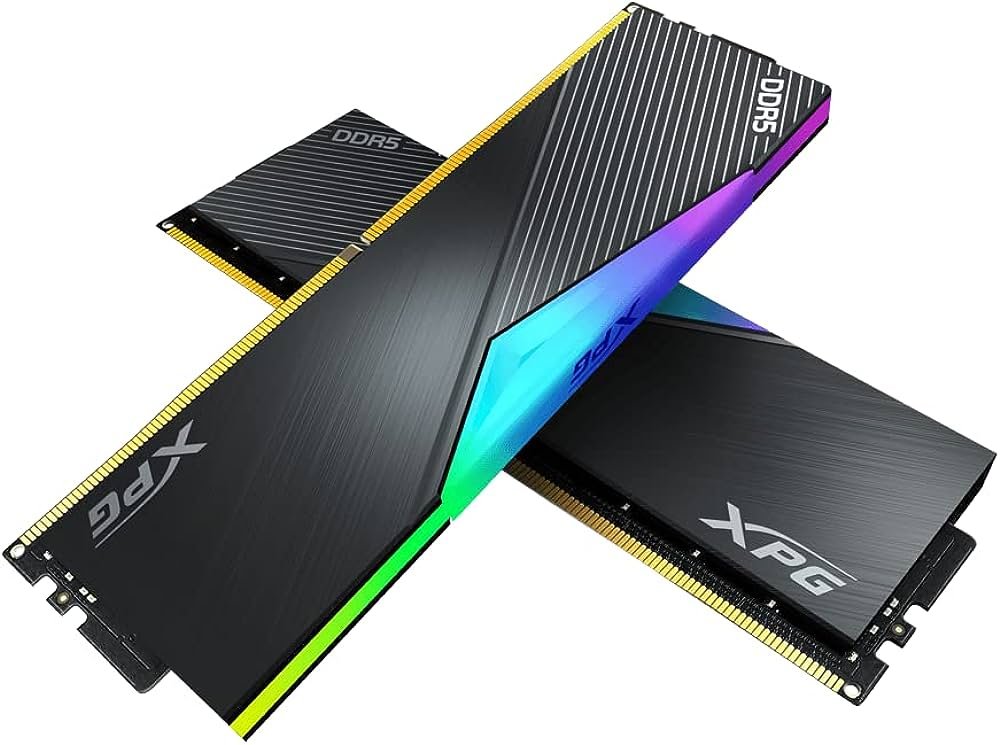In the ever-evolving landscape of technology, every so often, a technological advancement redefines the way we compute. DDR5 RAM, the fifth generation of Double Data Rate memory, is the latest marvel to join the ranks of transformative innovations. It not only accelerates data transfer speeds but also promises to reshape the computing experience for users and enthusiasts alike. Let’s take an in-depth look at this groundbreaking technology and its far-reaching implications.
Elevating Data Transfer Speeds:
DDR5 has set a new bar in data transfer speeds compared to its predecessor, DDR4. While DDR4 operates at speeds ranging from 1600 MHz to 3200 MHz, DDR5 races ahead with starting speeds of 4800 MHz and the potential for even higher speeds as the technology matures. This elevated data transfer rate translates to a significant performance boost for various computing tasks.
The Revolution in Bandwidth:
A major consequence of DDR5’s remarkable speed enhancement is the exponential increase in memory bandwidth. DDR4, although proficient for many computing activities, can occasionally act as a bottleneck in high-demand applications. DDR5, however, offers an elegant solution by providing significantly higher bandwidth, making it an excellent choice for data-intensive activities such as gaming, content creation, and scientific simulations.
Efficiency and Power Conservation:
DDR5 RAM operates at a lower voltage (1.1V), contributing to improved power efficiency. The reduced voltage not only results in lower power consumption but also generates less heat. This advancement is a game-changer for laptops, desktops, and data centers, promising a more energy-efficient and cooler-running future.
Latency Refinement:
Reduced latency equates to quicker data access. DDR5 has been meticulously designed with this principle in mind. Its latency optimizations ensure that data retrieval is swifter, leading to enhanced system performance across the board, especially in situations where rapid data access is critical.
Elevated Density and Capacity:
As the need for memory continues to grow, DDR5 is well-prepared to meet the challenge. DDR5 is expected to support even higher density modules, accommodating larger RAM capacities. This is a pivotal feature for memory-hungry applications, guaranteeing that systems can seamlessly handle the demands of contemporary computing.
Compatibility and Forward Thinking:
A noteworthy consideration is that DDR4 and DDR5 are not cross-compatible. To leverage DDR5’s capabilities, a system upgrade may be necessary, as motherboards and CPUs must be equipped to support this advanced RAM type. However, this incompatibility signifies progress and innovation, ushering in a new era of computing performance.
The Choice for Peak Performance:
For those who demand the ultimate in computing performance, DDR5 is the logical selection. It surpasses DDR4 in data transfer rates, power efficiency, and latency optimization, making it the ideal choice for tasks that require maximum memory bandwidth.
In conclusion, DDR5 RAM represents a monumental leap forward in computing performance and memory efficiency. The transition from DDR4 to DDR5 underscores the technology industry’s unwavering dedication to pushing boundaries and ensuring that end-users continue to experience the pinnacle of technological achievement. With DDR5 leading the charge, the future of computing looks brighter and faster than ever before, promising an era of unparalleled performance and innovation.
